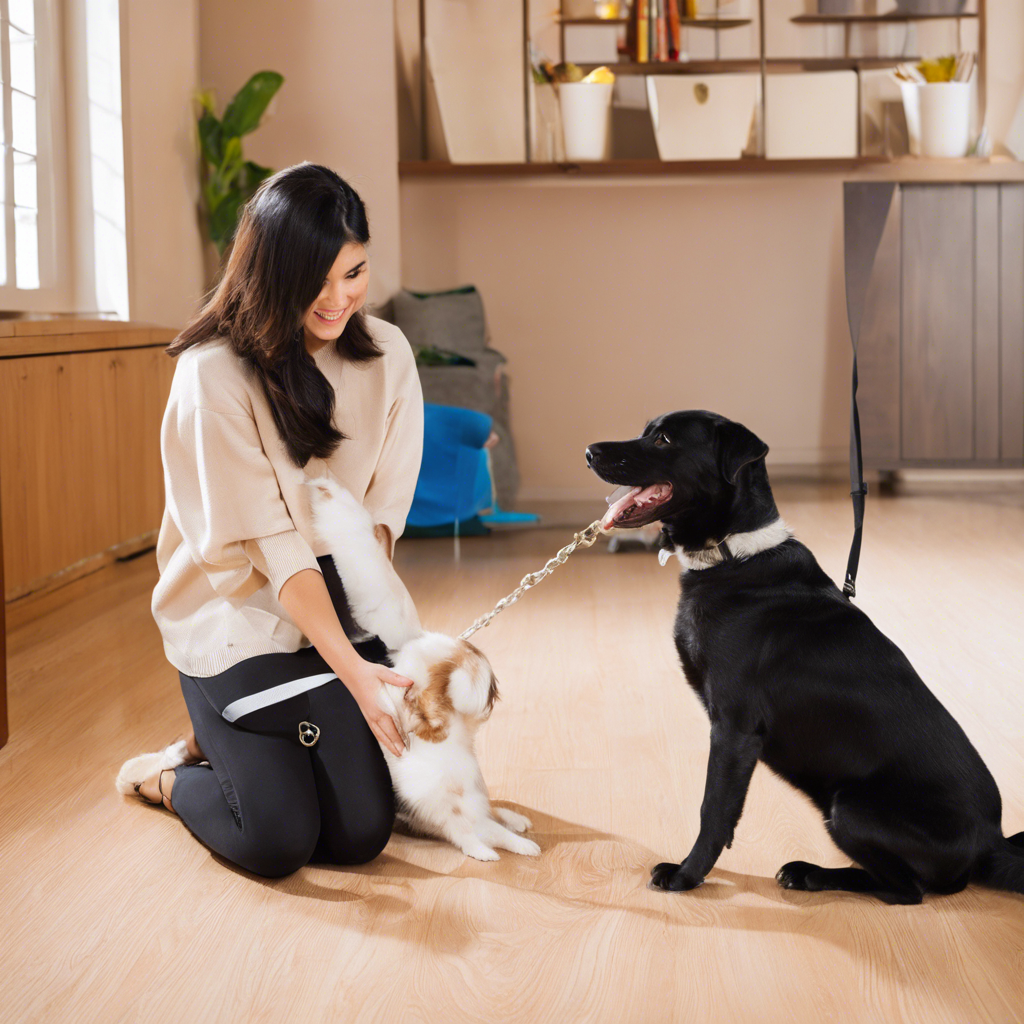An in-depth analysis of popular pet training techniques and their success rates, aiding owners in choosing the most suitable method.
Pet training is an essential aspect of responsible pet ownership, ensuring a positive and harmonious relationship between pets and their owners. With numerous training methods available, choosing the most effective approach can be challenging. This article aims to provide a comprehensive overview of various pet training techniques, evaluating their success rates and benefits. By understanding these methods, pet owners can make informed decisions to achieve their desired training outcomes.
The world of pet training has evolved significantly, offering a plethora of techniques to cater to different pet personalities and owner preferences. From traditional methods to modern approaches, each has its own unique philosophy and efficacy. Let’s delve into the most prominent training methods and explore their effectiveness.
Commonly Used Pet Training Methods
In the realm of pet training, several methodologies have gained popularity and are widely utilized by pet owners and trainers alike.
Positive Reinforcement
Positive reinforcement is a highly effective method that involves rewarding desired behaviors. This approach focuses on encouraging pets to repeat actions by associating them with positive outcomes, such as treats, praise, or playtime. The AKC recommends this method for its ability to strengthen the bond between pets and their owners, promoting a positive training environment.
Clicker Training
Clicker training, popularized by Karen Pryor, is a precise and effective technique that utilizes a small handheld device called a clicker. This method teaches pets to associate the sound of the clicker with desired behaviors, which are then rewarded. Clicker training has been proven to be highly efficient, especially for teaching complex tricks and behaviors.
Classical Conditioning
Classical conditioning, made famous by Pavlov’s experiments, is a fundamental training technique. It involves creating an association between a specific stimulus and a desired response. For instance, ringing a bell before feeding a dog can eventually lead to the dog salivating upon hearing the bell, even without the presence of food.
Effectiveness and Success Factors
The success of these training methods depends on various factors, including the pet’s age, breed, temperament, and previous experiences. Here’s a closer look at the efficacy of these approaches:
Age
Training methods may have varying success rates depending on the pet’s age. Younger pets are often more receptive to training, as they are in their prime learning and socialization stages. However, older pets can still learn, but the training process may require more patience and persistence.
Breed and Temperament
Different breeds and temperaments can influence the effectiveness of training. Some breeds are naturally more inclined towards certain behaviors, making certain training methods more suitable. For example, herding dogs might respond well to methods that channel their natural instincts.
Consistency and Environment
Consistency is a critical factor in successful training. Pets thrive in structured environments with consistent routines. Ensuring that all family members or handlers follow the same training methods and cues can significantly impact the overall success. Additionally, the training environment should be calm, distraction-free, and conducive to learning.
Unleashing Your Pet’s Potential: Tips for Success
- Establish clear and consistent commands to avoid confusion.
- Use high-value rewards that truly motivate your pet.
- Be patient and persistent, as training is a gradual process.
Expert Advice and Real-Life Experiences
Seeking guidance from certified trainers, behaviorists, or veterinary professionals can provide valuable insights and ensure a successful training journey. Here are some links to external resources that offer practical advice and real-life success stories:
1. The American Kennel Club (AKC): Expert Training Advice
2. ASPCA Virtual Pet Behaviorist
3. APDT: Training Tips and Tools
Q&A: Frequently Asked Questions
How long does it typically take to see results from positive reinforcement training?
The time it takes to see noticeable results varies based on the pet and the desired behavior. Simple commands like ‘sit’ could show progress within a few days, while more complex behaviors may take weeks or months of consistent training.
Can older pets learn new tricks using the clicker training method?
Absolutely! Clicker training is effective for pets of all ages. While younger pets might learn faster, older pets can still grasp new behaviors and tricks with patience and consistent practice.
Are there any potential drawbacks to using positive reinforcement?
While positive reinforcement is highly effective, it’s essential to ensure the rewards align with the desired behavior. Overusing treats can lead to weight gain, so finding a balance between treats and other rewards is crucial. Additionally, timing is critical to ensure the pet associates the reward with the correct behavior.
Conclusion: Finding the Perfect Fit for Your Pet
The world of pet training is diverse and offers numerous methodologies to suit different pet personalities and owner preferences. Positive reinforcement, clicker training, and classical conditioning are among the most widely used and successful methods. Each technique has its unique strengths and considerations, and their effectiveness can be influenced by factors such as age, breed, temperament, and consistency.
By understanding these methods and their success factors, pet owners can make informed decisions about their training approach. Consulting experts and seeking guidance from certified professionals can further enhance the training experience, ensuring a positive and rewarding journey for both pets and their owners.
